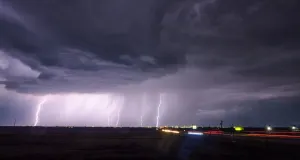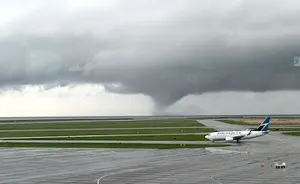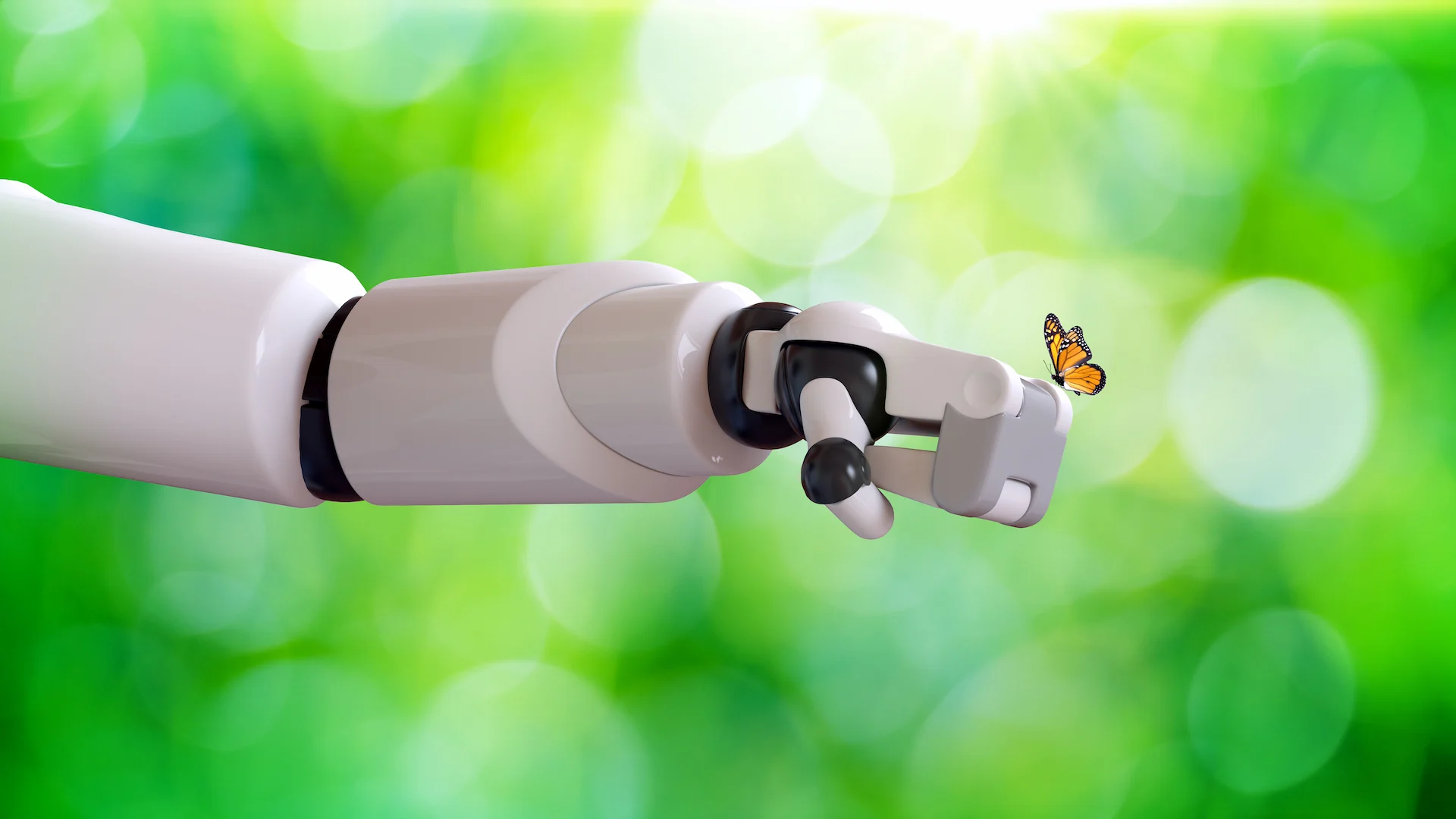
What role can AI play in helping vulnerable species and habitats?
Artificial intelligence can greatly benefit researchers and environmental groups in protecting wildlife and their habitats, says a lead advisor to the United Nations on the subject
The use of technology to track wildlife populations isn't new. But, with the increase in the utilization of artificial intelligence in other fields such as weather forecasting, it seems plausible that conservation efforts could also get an extra boost as a result.
A recent example of artificial intelligence, commonly referred to as AI, having a hand in wildlife protection is the well-documented and ongoing training of a Bear-dar system in Churchill, Man.
SEE ALSO: How AI can change the game for snow squall forecasts
Designed by Polar Bears International (PBI), Bear-dar will be an AI-trained radar system, once it's finalized, to constantly detect bears and alert communities. PBI is attempting to train the radar to recognize polar bears and warn residents of nearby animals, giving them time to respond so both remain safe from harm.
In October 2023, the United Nations (UN) announced the creation of the Artificial Intelligence Advisory Bodyon the risks, opportunities and international governance of AI. One of the initiatives of the group is its Sustainable Development Goals –– a list of 17 targets that it aims to meet in order to create a better future for everyone on the planet. Goals 14 and 15 are to protect life below water and on land, respectively.
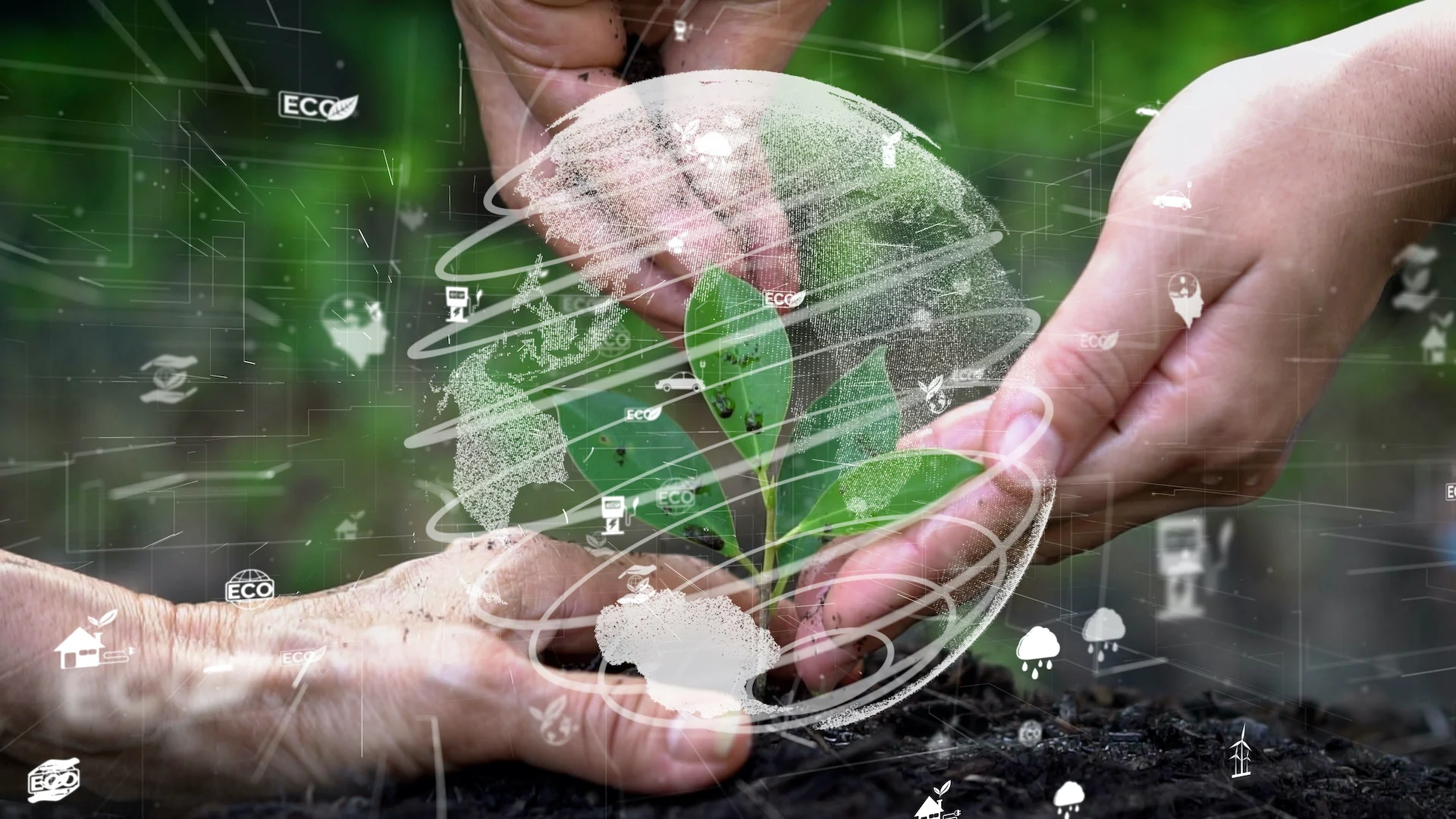
(Getty Images-1302537648)
In an interview with The Weather Network, Neil Sahota, lead artificial intelligence advisor to the UN, said a lot of the work from the body has focused on prevention so far, including the stoppage of illegal poaching.
"We don't fully understand the natural environment and the habitat, [and] what facilitates growth for some of these species. We just don't have the historical information," said Sahota.
"Animals are very sensitive to things that are not part of their natural habitats. As humans, it's tough for us to kind of disguise ourselves in their habitats. We don't smell like everything else."
General understanding
When AI was first introduced in the wildlife field, researchers began using automation to track migration and video cameras to record images and habitats, Sahota noted.
“The less disturbance of the natural habitat means we can observe more of the natural way of things," said Sahota. "It's actually great for researchers to just observe some of the animals and their natural states without being disruptive."
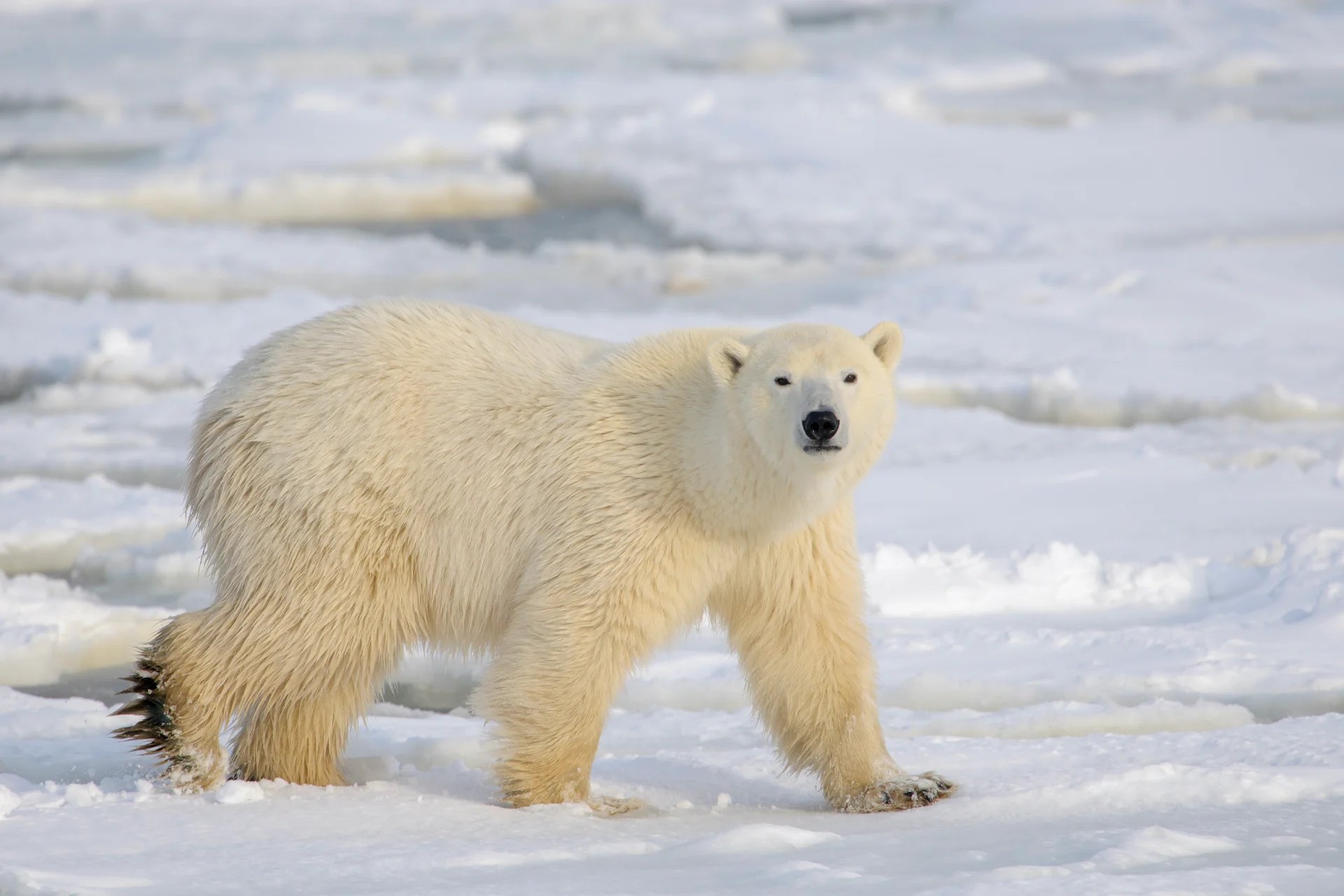
(Getty Images-1307238129)
However, research has expanded since the initial foray into AI. Since 2016, the goal has been to tackle predictive patterns and attempt to pinpoint habitat changes as wildlife move, and include sound data in the monitoring process, Sahota added.
"We can actually put in some sensors and actually detect things, [from] cars and sounds of gunfire to illegal poaching, even the sound of an axe or a chainsaw for illegal deforestation," said Sahota.
Because illegal deforestation will modify habitats and force many animals to find new territories, scientists can incorporate weather data into what's happening to wildlife, the lead AI advisor to the UN noted.
In North America, a common issue is the ever-growing land development, which has forced many animals out of their natural territories. Coyotes, in particular, have then migrated into urban areas to look for food, resulting in a rise in conflicts with humans.
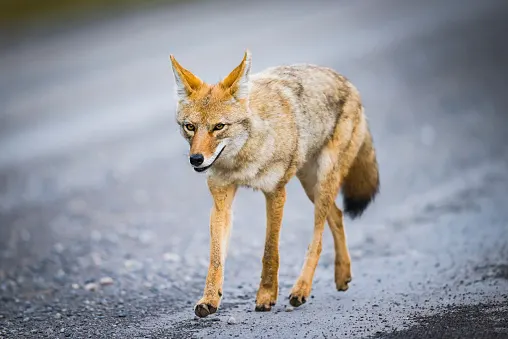
(Getty Images)
A part of AI's focal point has been to minimize "unforced migration and disruption" of habitat, Sahota said.
"Some of these species...it is understanding what could happen if we change something in their environment," said Sahota. "That's happened on a limited scale so far, but, hopefully, it's something that, as we build the infrastructure, we'll be able to do on a more global scale."
Using sound to enhance our understanding and protection of ecosystems
Audio data is the "next, great frontier," Sahota said, because most humans are primarily visual learners.
Working with groups such as Rainforest Connection, which utilizes eco-acoustics, AI and human expertise to protect rainforests and wildlife from illegal logging, poaching and climate change, systems can be taught to recognize the sound of a chainsaw in a forest, for example.
In any given environment, there are "thousands of sounds going on," which can offer insight about wildlife behavioural patterns, he added.

(Michael Jala/Submitted)
"You can actually get clean, benchmark versions so that if you hear something that's not part of that normal sound, and it doesn't know what it is, the [system] can actually flag it, and have the human actually review what that is," said Sahota, who co-chairs a UN committee on how artificial intelligence can drive environmental efficiency.
AI can document more details and variables in 'play'
In terms of how AI can document biodiversity, Sahota said it can capture more tiny details and recognize more variables that are in "play than people [can know]."
"[When] you [are in] nature and you observe the ecosystem, you have a general understanding of how it works and you have some intuition," said Sahota.
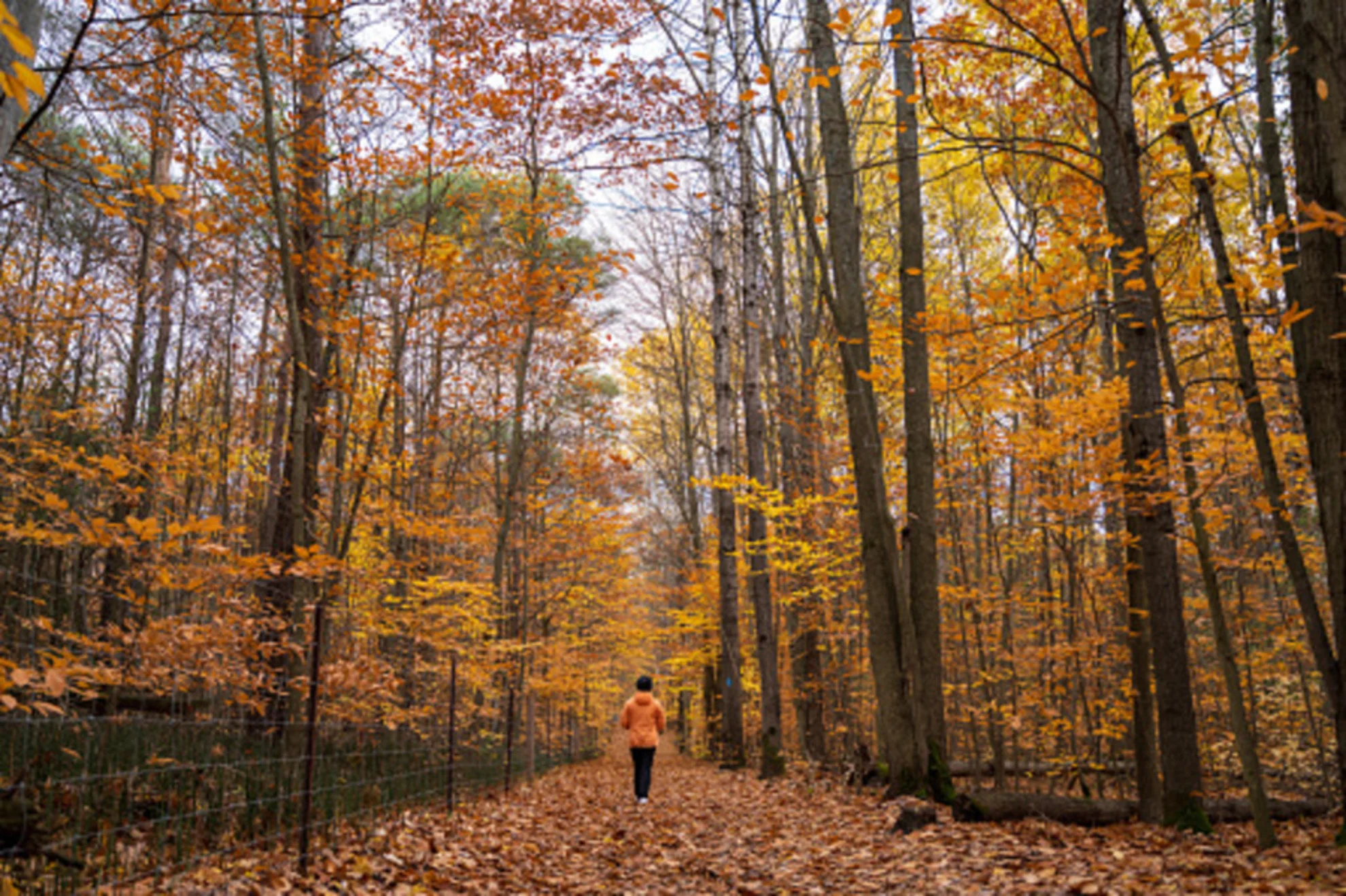
(Getty Images/redtea/Creative #: 1330762475)
"The truth is, you could actually break it down by the connections. There are probably a billion interconnections just going on right now that we don't even notice."
WATCH: How a map could help keep mammals protected
Robotic bees to pollinate crops in some countries
With the drastic loss of pollinators in the world, an idea was floated in 2018 to create a robotic bee to mimic the fertilization techniques if the species does go extinct, Sahota noted.
"We can still carry out some of their functions in the environment," said Sahota. "The truth is, [though], we probably only know 12 things bees actually do when they do a thousand things for the environment."
There are already instances of using automation to help the bees, with a drones utilized for pollination and the creation of a robotic hive to prevent colony collapse.
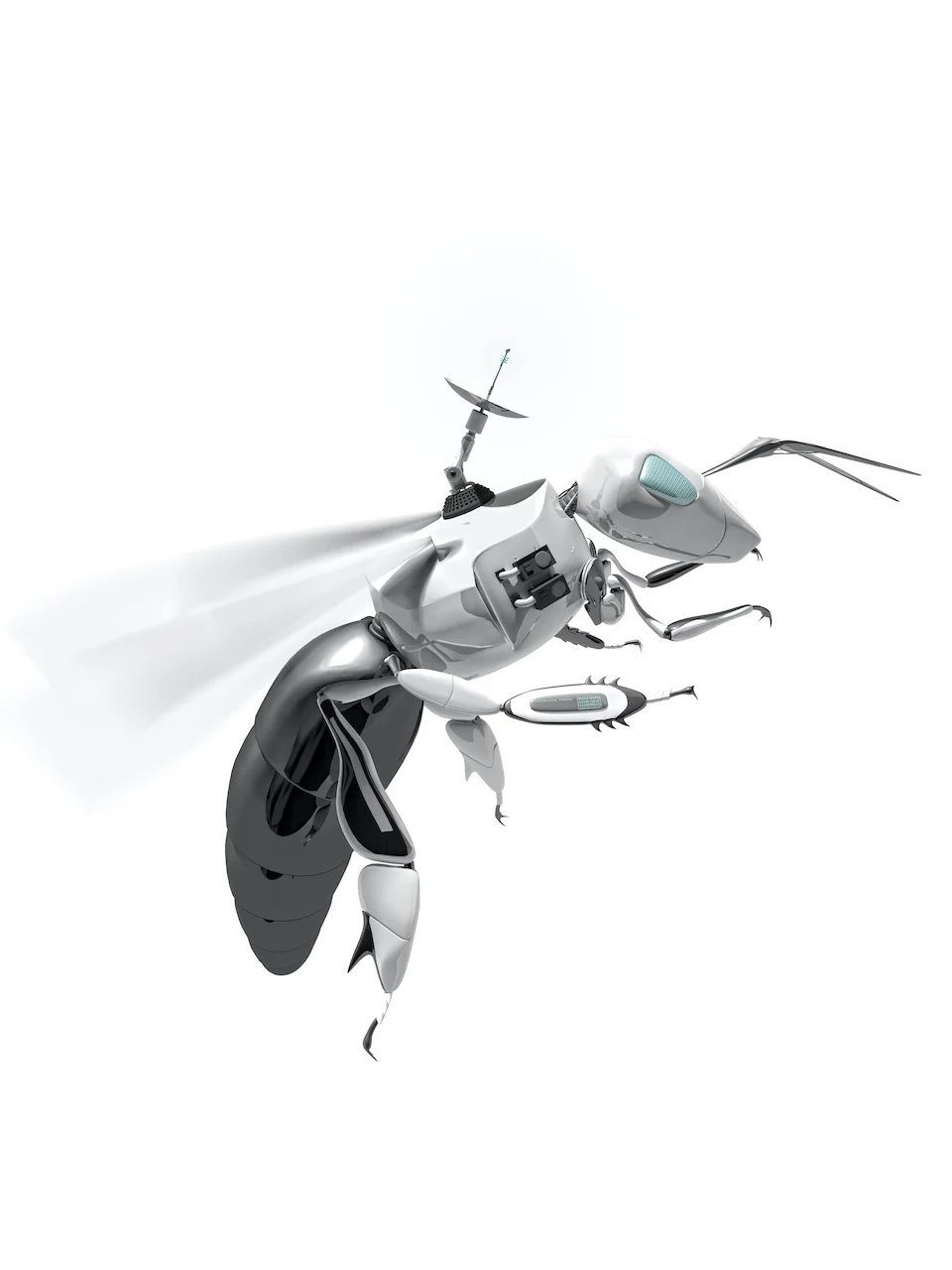
Illustration only. (Getty Images-149051838)
As well, a 2020 study published in iScience explores soap bubbles as a viable option.
The authors of the study, Eijiro Miyako and Xi Yang, stated it is possible to mechanically stabilize soap bubbles capable of enduring the windmills produced by robotic pollination. An unmanned aerial vehicle equipped with a soap bubble maker has been freely controlled to pollinate flowers.
"Are there things we can do to protect endangered species? Are there things we can do to maybe help rehabilitate and restart some of the endangered species?" said Sahota.
How feasible is AI in enhancing wildlife protection efforts?
There has been some success so far with AI aiding conservation efforts. Sahota said some habitats have seen a reduction in poaching, "to some degree," for example.
The change has been seen in countries such as New Zealand and in parts of Africa where "we have a much better understanding of their natural habitats and some of the wildlife we're actually able to augment."
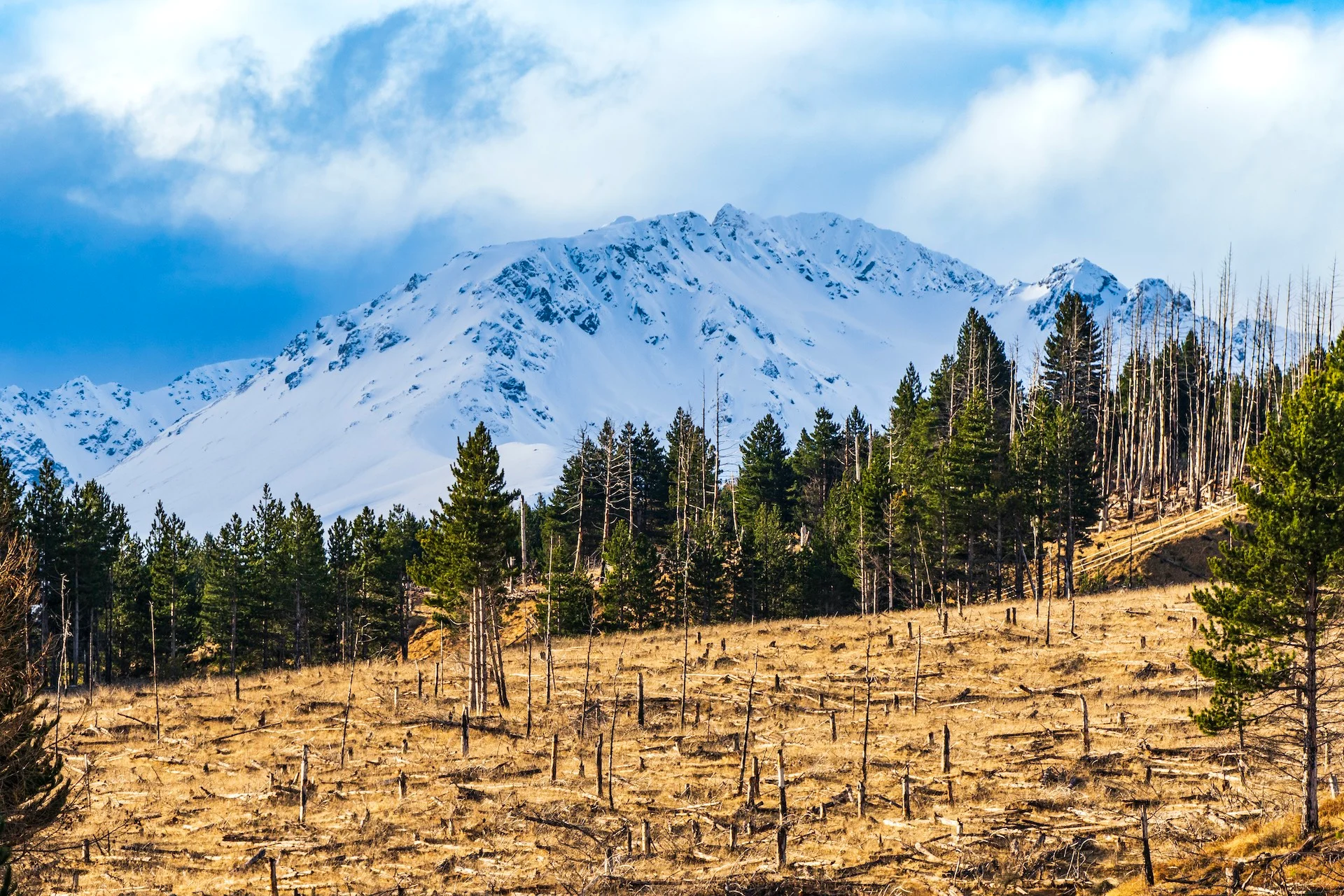
(Getty Images-1497731928/Philip Thurston)
He also suggested there has been progress being made on rehabilitating a species, but in order for AI to be more effective, it needs "sufficient, good data," which is lacking at the moment. So, scientists are focused on obtaining as much data as they can.
"The challenge, especially when it comes to wildlife, is we don't understand enough of the interaction of what's going on to be able to create synthetic data," said Sahota.
Another obstacle is the bias factor since "we don't program AI, we teach it," Sahota added.
"We give it rules and [instructions on] how to make decisions, how you identify patterns. So, if our viewpoint on that is flawed, or it has some sort of bias, it will get replicated by the AI," said Sahota. "So, it's only going to be as good as its teachers."
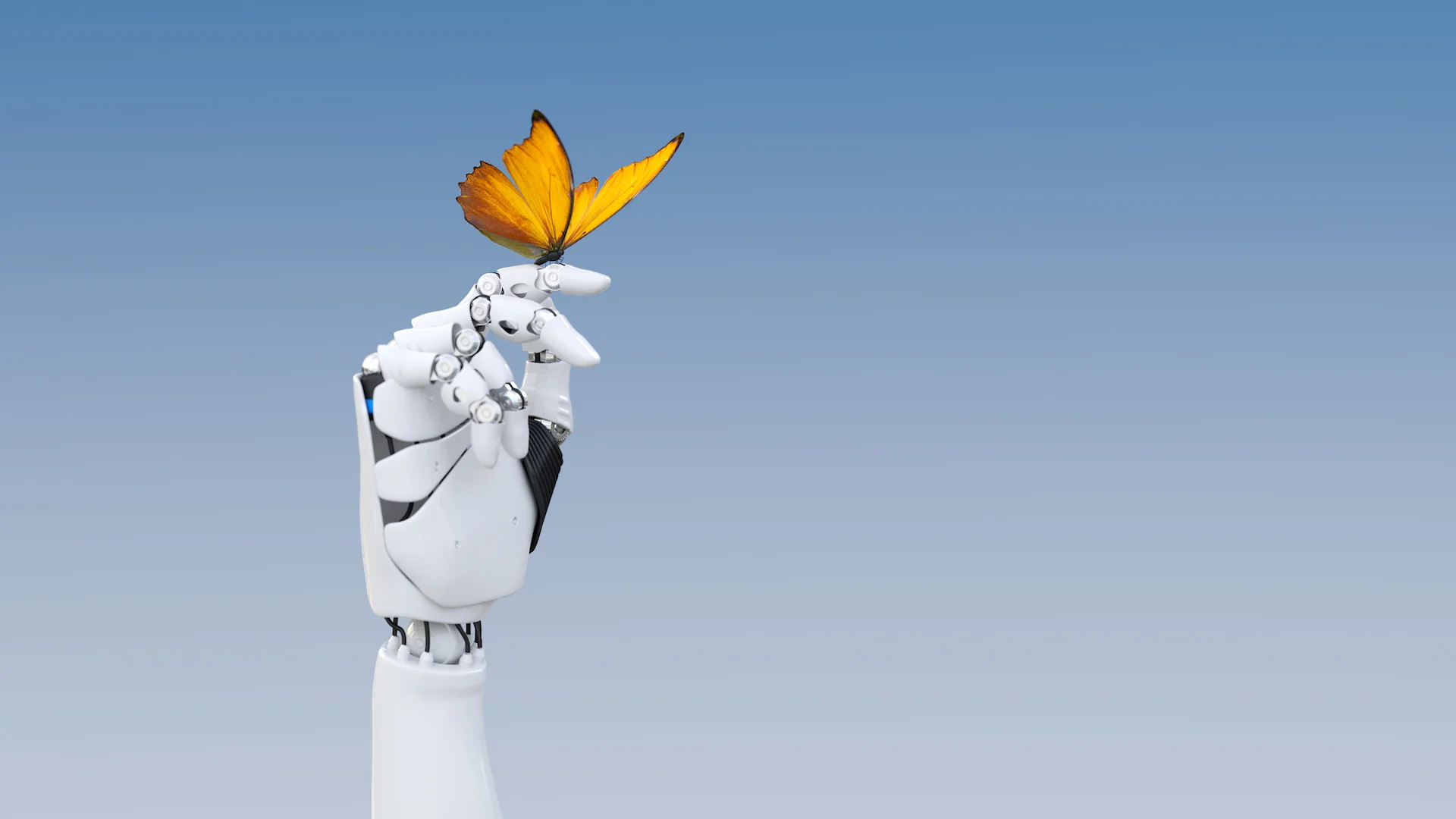
(Getty Images-1282210592)
As well, there have been rediscoveries of once-thought extinct species. With AI having the ability to access areas of the world humans aren't able to reach or have trouble doing so, there are a lot of "ripe exploration" possibilities for wildlife, Sahota said.
"If you think about it, there are vast areas of the world we haven't really explored in depth still," said Sahota. "Some of the places are not easy for humans to get to. But, an AI bot and an AI drone could go there. So, there are some interesting opportunities."
Thumbnail courtesy of Getty Images-1367603852.
WATCH: Polar bear radar using AI to keep Churchill residents safe
Thumbnail courtesy of Getty Images-1367603852.
Follow Nathan Howes on the X platform, formerly known as Twitter.







